|
|
|
|
|
|
|
|
Photo Gallery for Sceloporus undulatus - Eastern Fence Lizard
| 84 photos are available. Only the most recent 30 are shown.
|
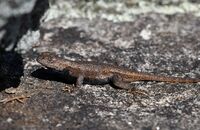 | Recorded by: J. Mickey
Wilkes Co.
Comment: | 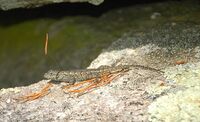 | Recorded by: J. Mickey
Wilkes Co.
Comment: |
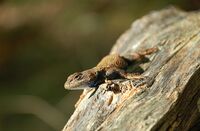 | Recorded by: J. Mickey
Wilkes Co.
Comment: |  | Recorded by: J. Mickey
Wilkes Co.
Comment: |
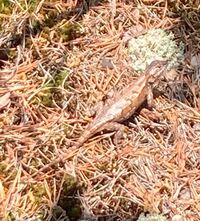 | Recorded by: Stephanie Willis
Stokes Co.
Comment: |  | Recorded by: J. Reynolds
Rockingham Co.
Comment: |
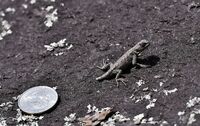 | Recorded by: J. Mickey
Wilkes Co.
Comment: |  | Recorded by: J. Mickey
Surry Co.
Comment: |
 | Recorded by: Stephanie Willis
Guilford Co.
Comment: | 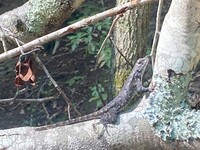 | Recorded by: Stephanie Willis
Guilford Co.
Comment: |
 | Recorded by: J. Mickey
Wilkes Co.
Comment: |  | Recorded by: J. Mickey
Wilkes Co.
Comment: |
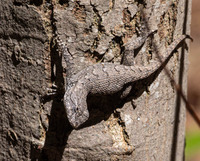 | Recorded by: Steve Hall
Chatham Co.
Comment: | 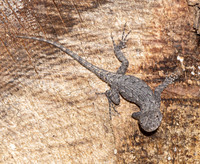 | Recorded by: Steve Hall
Chatham Co.
Comment: |
 | Recorded by: J. Mickey
Wilkes Co.
Comment: | 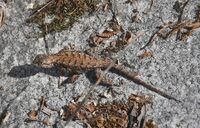 | Recorded by: J. Mickey
Wilkes Co.
Comment: |
 | Recorded by: M. Mabe, R. Spainhour
Surry Co.
Comment: |  | Recorded by: J. Mickey
Stokes Co.
Comment: |
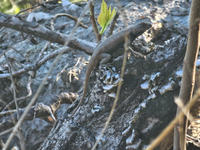 | Recorded by: K. Williams
Surry Co.
Comment: |  | Recorded by: J. Mickey
Wilkes Co.
Comment: |
 | Recorded by: J. Mickey
Wilkes Co.
Comment: |  | Recorded by: J. Perry
Stokes Co.
Comment: |
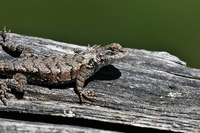 | Recorded by: J. Mickey
Wilkes Co.
Comment: | 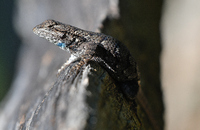 | Recorded by: J. Mickey
Alleghany Co.
Comment: |
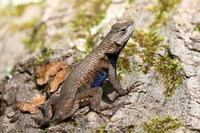 | Recorded by: Travis McLain
Gaston Co.
Comment: | 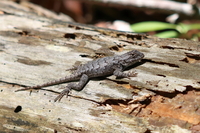 | Recorded by: Travis McLain
Montgomery Co.
Comment: |
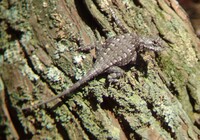 | Recorded by: Erich Hofmann
Bladen Co.
Comment: |  | Recorded by: Mark Shields
Alexander Co.
Comment: |
 | Recorded by: J. Mickey
Stokes Co.
Comment: |  | Recorded by: Travis McLain
Stokes Co.
Comment: |
|

 »
» 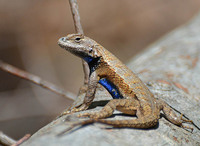


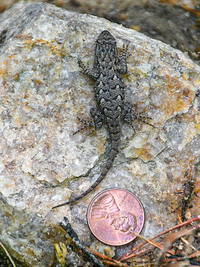

 »
» 


